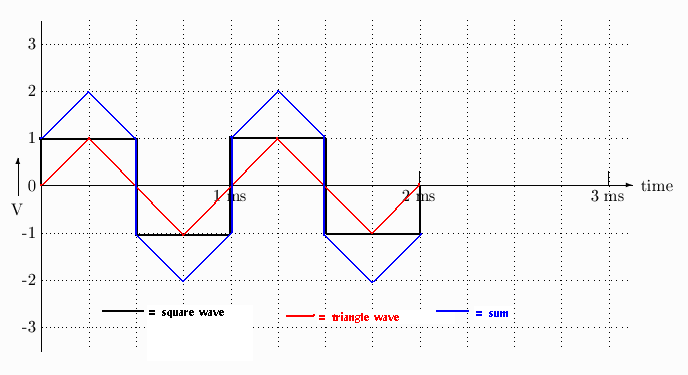- ¡ frequency
- l amplitude
- ¡ wave shape
- ¡ period
- ¡ phase
- l After reversal the speakers' sound waves were out of phase and canceled
- ¡ Loudspeakers work only when connected correctly, so the speaker with the reversed wires put out no sound
- ¡ One way of connecting a speaker emphasizes the bass, reversing the wires emphasizes the treble
- ¡ The electrical signals fed into the speakers interfered with each other
- ¡ The reversal was a fake, as shown when the speakers were pulled apart and then worked perfectly well
- l 0 (zero)
- ¡ ŻA
- ¡ A
- ¡ Ö2 A
- ¡ 2A
- ¡ 345,000 m
- ¡ 345 m
- ¡ 3.45 m
- l 0.345 m
- ¡ 345 cm
- l 3 × larger
- ¡ the same
- ¡ 1/3 × that in air
- ¡ 1/9 × that in air
- ¡ not enough information is given to compute it
- ¡ refraction
- ¡ diffraction
- ¡ detraction
- l reflection
- ¡ deflection
- ¡ amplitude
- l intensity
- ¡ loudness
- ¡ damping
- ¡ inverse square
Finally, as a rewward for having gotten this far, a small hint: though some exam designers avoid it, there is nothing ipso facto wrong, on Exam 1, if you find yourself answering with the same letter several times in a row!
